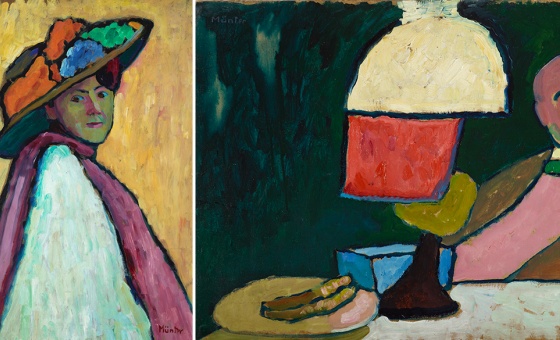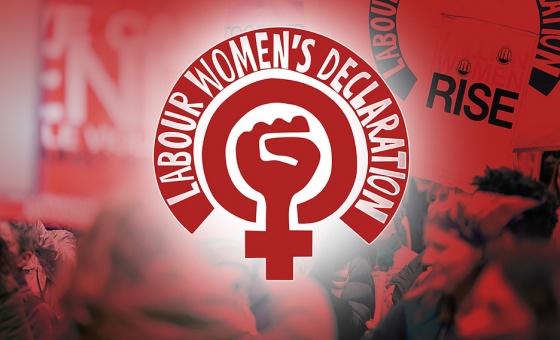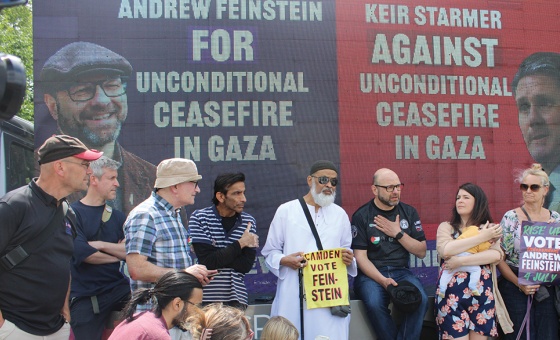This is the last article you can read this month
You can read more article this month
You can read more articles this month
Sorry your limit is up for this month
Reset on:
Please help support the Morning Star by subscribing here
IT IS unsurprising that the collective share of the vote for the two parties which between them have governed Britain for a century is likely to fall to a record low next week.
For the first time since the second world war, the aggregated share of the Tories and Labour may fall to below 60 per cent. Certainly it will be at a level that constitutes a standing rebuke to the two parties, and to their general unity of policy, a fact which has drained the general election of much of its consequence.
In the 1950s the two parties between them were normally good for 95 per cent or more of the vote. The Liberal revival from 1974 onwards ate into that, as did the rise of Ukip and nationalist parties in Scotland and Wales more recently.
However, as recently as 2017 the Tory-Labour share was at 83 per cent in an election which was a real contest because of a divergence in positions between the parties.
Eminent pollster John Curtice has pointed out, with understatement, that the present campaign has not been “fruitful” for either government or official opposition.
Each has lost around 4 per cent of the vote since it started, according to polling averages, leaving the gap between the two unchanged but more and more people looking for alternatives, or opting out.
Much of the rest has been hoovered up by Nigel Farage’s Reform party, but Liberal Democrats, Greens and left-wing independents are also making a mark.
It is a vote of no confidence in the Establishment parties and their common economic, social and foreign policies.
Ed Davey’s party is by-and-large in the same swamp as the two governing parties, but it is clear that there is not only an “unprecedented fracturing of the vote,” in political professor Robert Ford’s words, but an unprecedented turmoil in outlook, with millions looking for change but uncertain as to who can deliver it and how.
The post-election challenge will be to create a strong left pole able to attract those millions, rather than leaving them at the mercy of nationalist populism or clinging unenthusiastically to Starmer.
The New Popular Front (NPF) in France, for all its inner contradictions, shows that this is possible. In Britain the road will be rockier.
The largest left-of-Labour vote will almost certainly go to the Greens, who are well-established over decades, have a clear “brand” and more than 800 local councillors. It is unavoidable that they will be part of any coalition for change but given their lack of a class orientation or socialist perspective, they cannot be the whole of it.
The socialist left is itself divided; partly on familiar issues such as the attitude to be taken towards the Labour Party — replace, collaborate, transform — but also on newer issues of identity.
There are further divergent views on international politics, something that is true of the NPF too. The accelerating drive to war and Nato’s central part in that means that issues like Ukraine, Aukus and relations with China cannot be ducked.
Nevertheless, establishing some form of fighting unity embracing both those organisations standing against Labour in this election; the dynamic left and pro-Palestinian independent candidates fighting in dozens of constituencies; and the remaining left in the Labour Party is essential and achievable.
The alternative is to leave the national-populist right, whether grouped around the resurgent Reform or a Tory Party dragged still further to the right, to reap the fruits of this political disintegration.
So this semi-moribund campaign is full of both danger and possibility. The left cannot afford to be “unfruitful” spectators.










